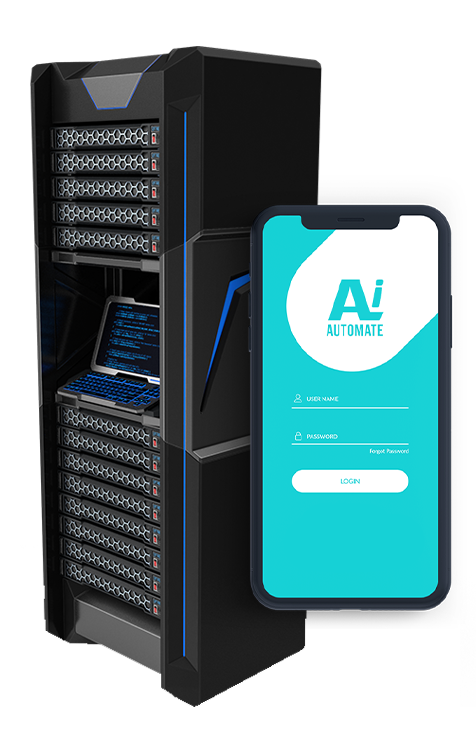Polymer-based Oil Spill Remediation in Rayong
Polymer-based oil spill remediation is a promising technology that offers several advantages for businesses operating in the oil and gas industry or in regions affected by oil spills:
- Effective Oil Removal: Polymer-based oil spill remediation utilizes specialized polymers that effectively absorb and retain oil from water surfaces. These polymers are highly absorbent and can remove large quantities of oil, making them suitable for cleaning up oil spills of various sizes and severities.
- Environmental Safety: The polymers used in polymer-based oil spill remediation are non-toxic and biodegradable, ensuring minimal environmental impact during and after the cleanup process. They do not leave behind harmful residues or pose risks to marine life or ecosystems.
- Cost-Effectiveness: Polymer-based oil spill remediation can be a cost-effective solution compared to traditional methods. The polymers are reusable and can be easily collected and disposed of after use, reducing the need for expensive equipment or labor-intensive cleanup efforts.
- Versatility: Polymer-based oil spill remediation can be applied in various environments, including open waters, shorelines, and sensitive ecosystems. The polymers can be deployed in different forms, such as booms, mats, or granules, to suit specific spill conditions and cleanup requirements.
- Enhanced Safety for Workers: Polymer-based oil spill remediation minimizes the risks to workers involved in the cleanup process. The polymers can be handled and deployed without the need for specialized protective gear or extensive training, reducing the potential for accidents or exposure to hazardous substances.
Polymer-based oil spill remediation offers businesses a safe, effective, and cost-efficient solution for cleaning up oil spills and protecting the environment. It is particularly valuable for businesses operating in the oil and gas industry, environmental protection agencies, and coastal communities at risk of oil spills.
• Environmental safety
• Cost-effectiveness
• Versatility
• Enhanced safety for workers
• Software updates and upgrades
• Training and certification






